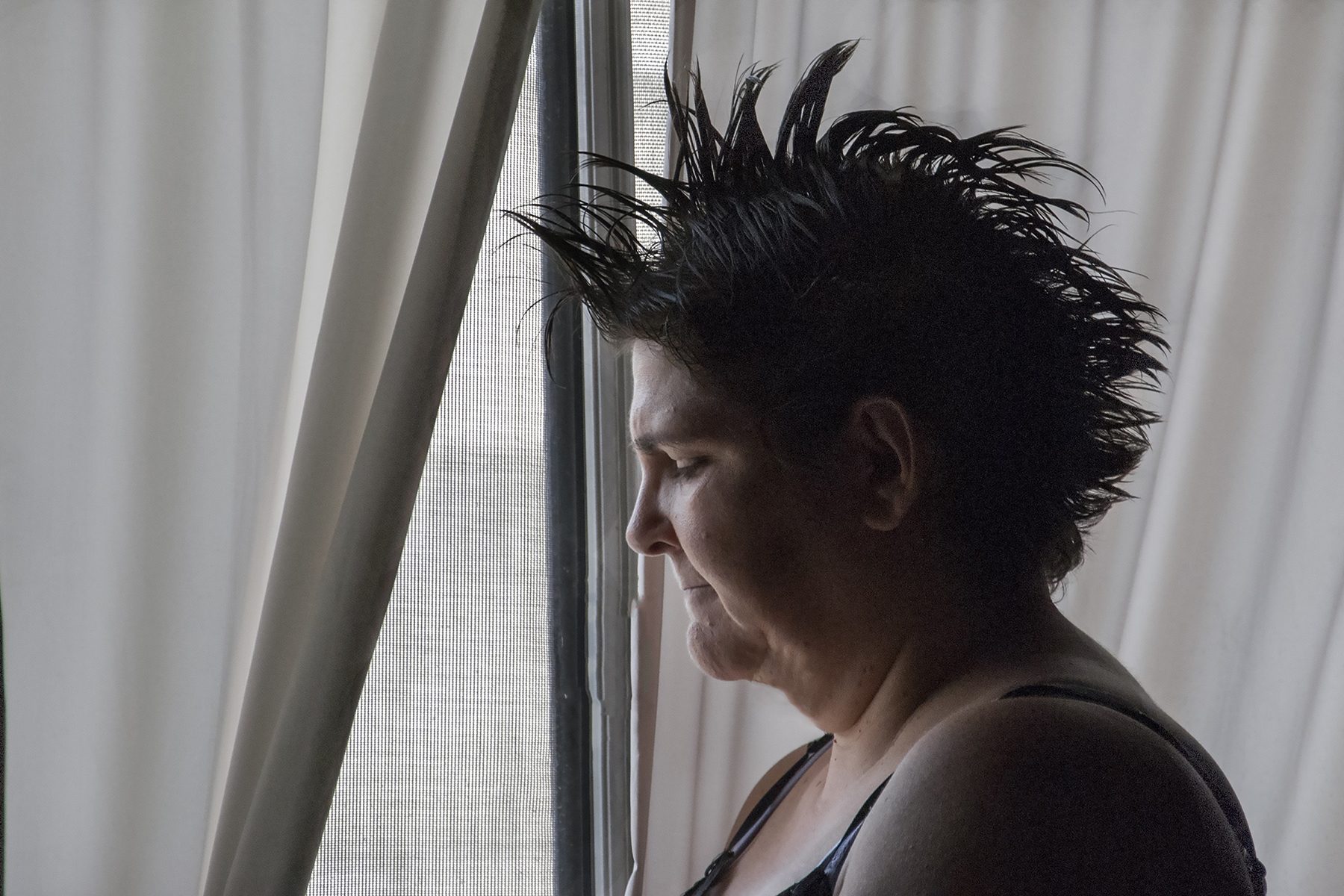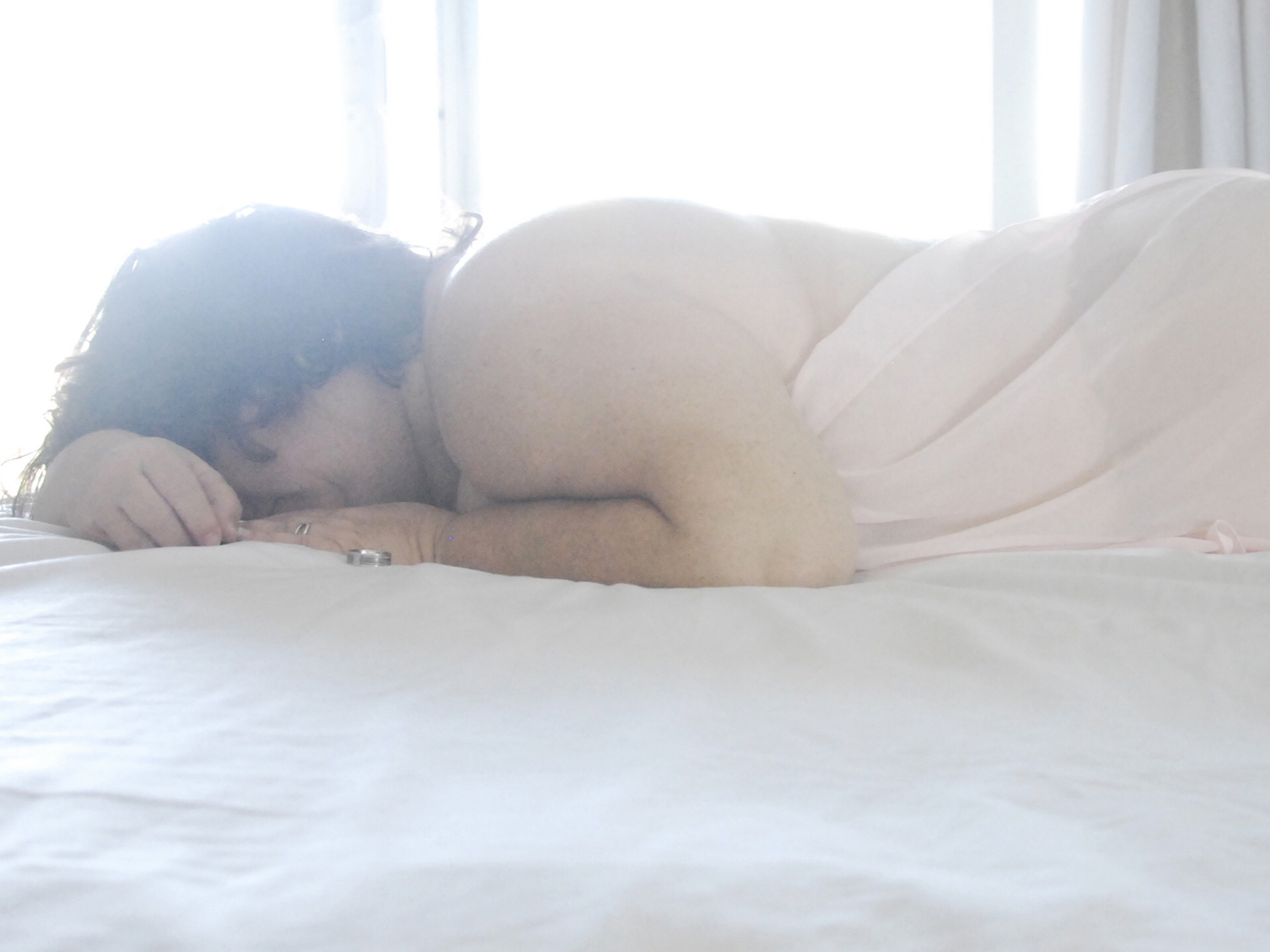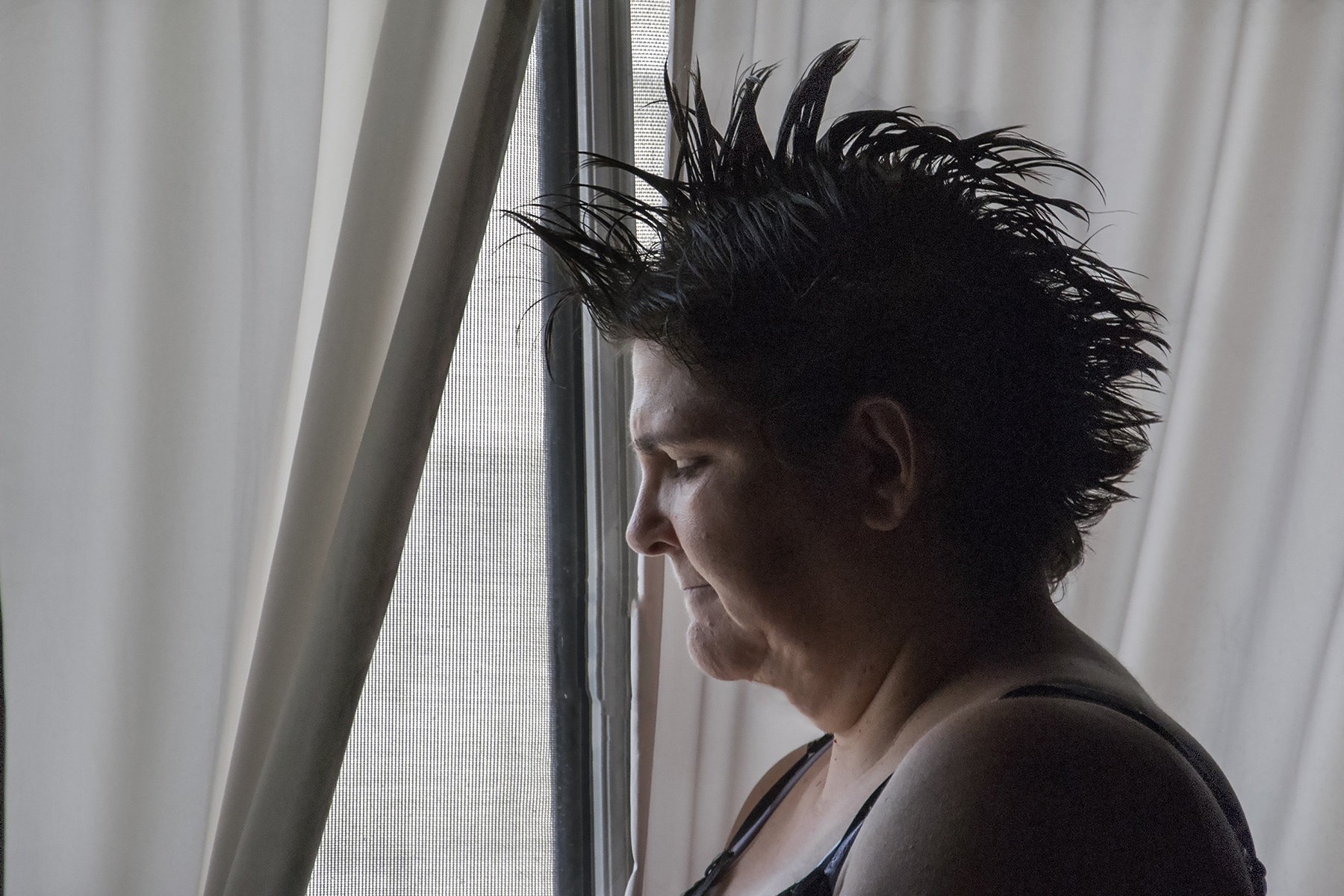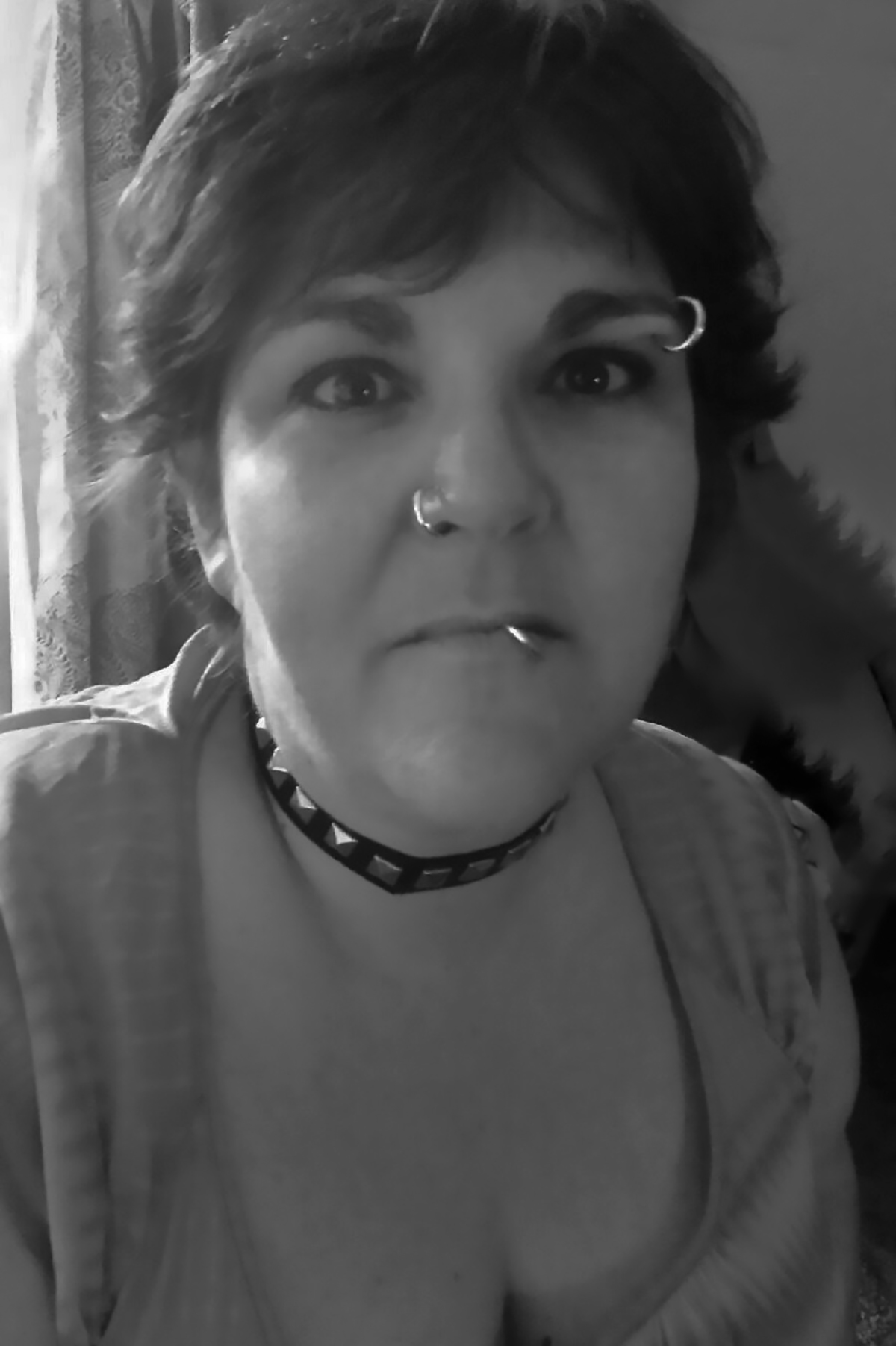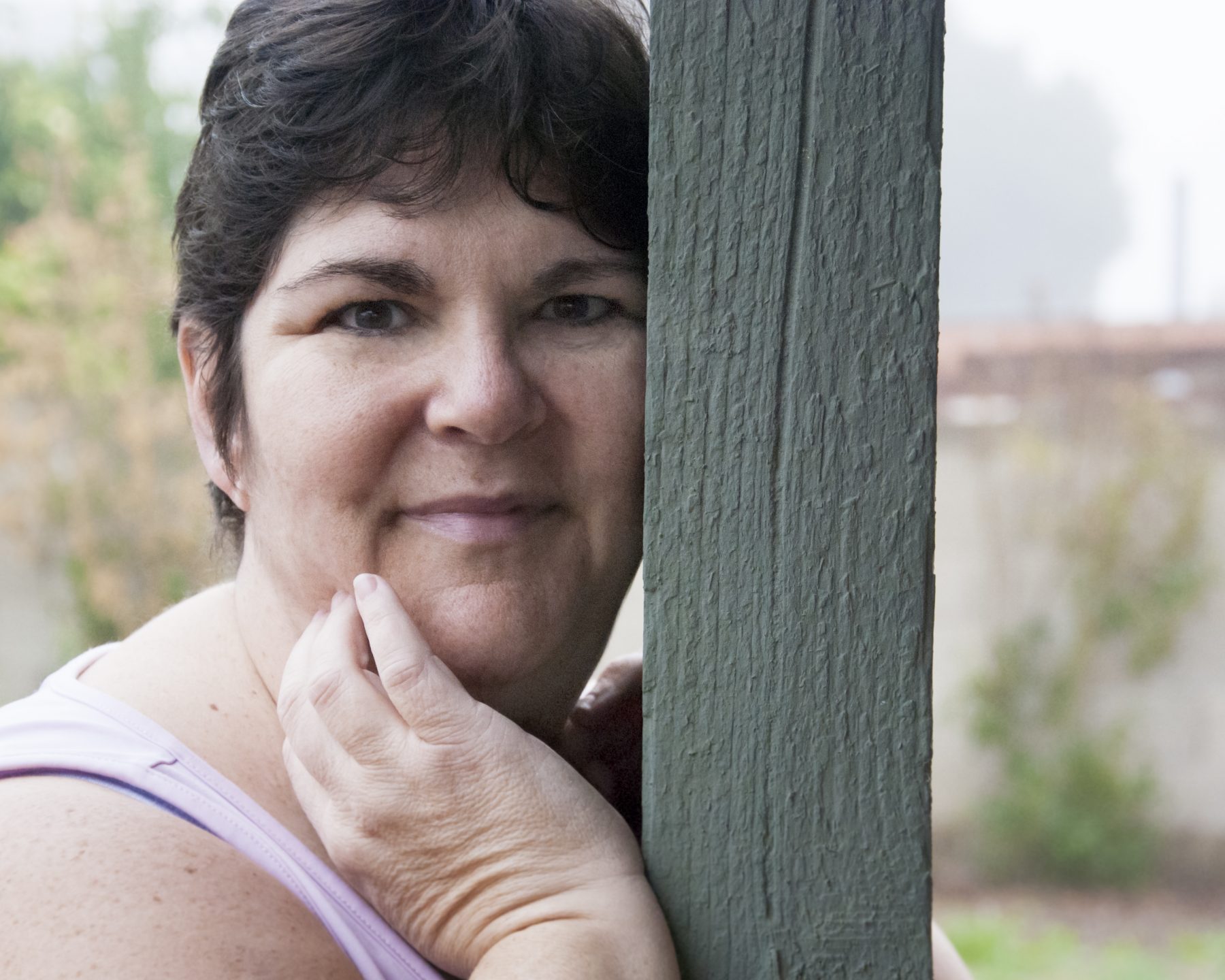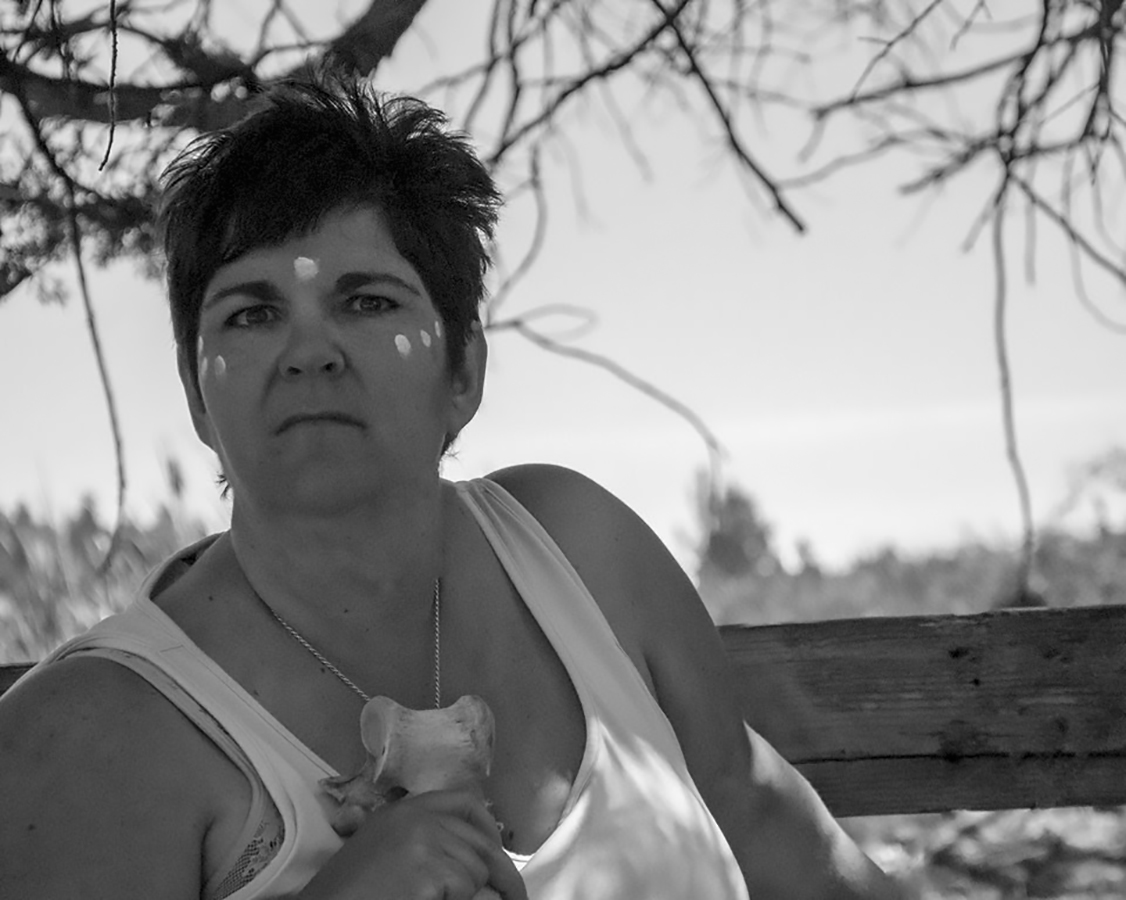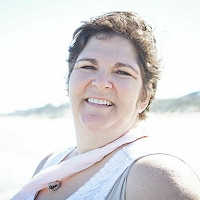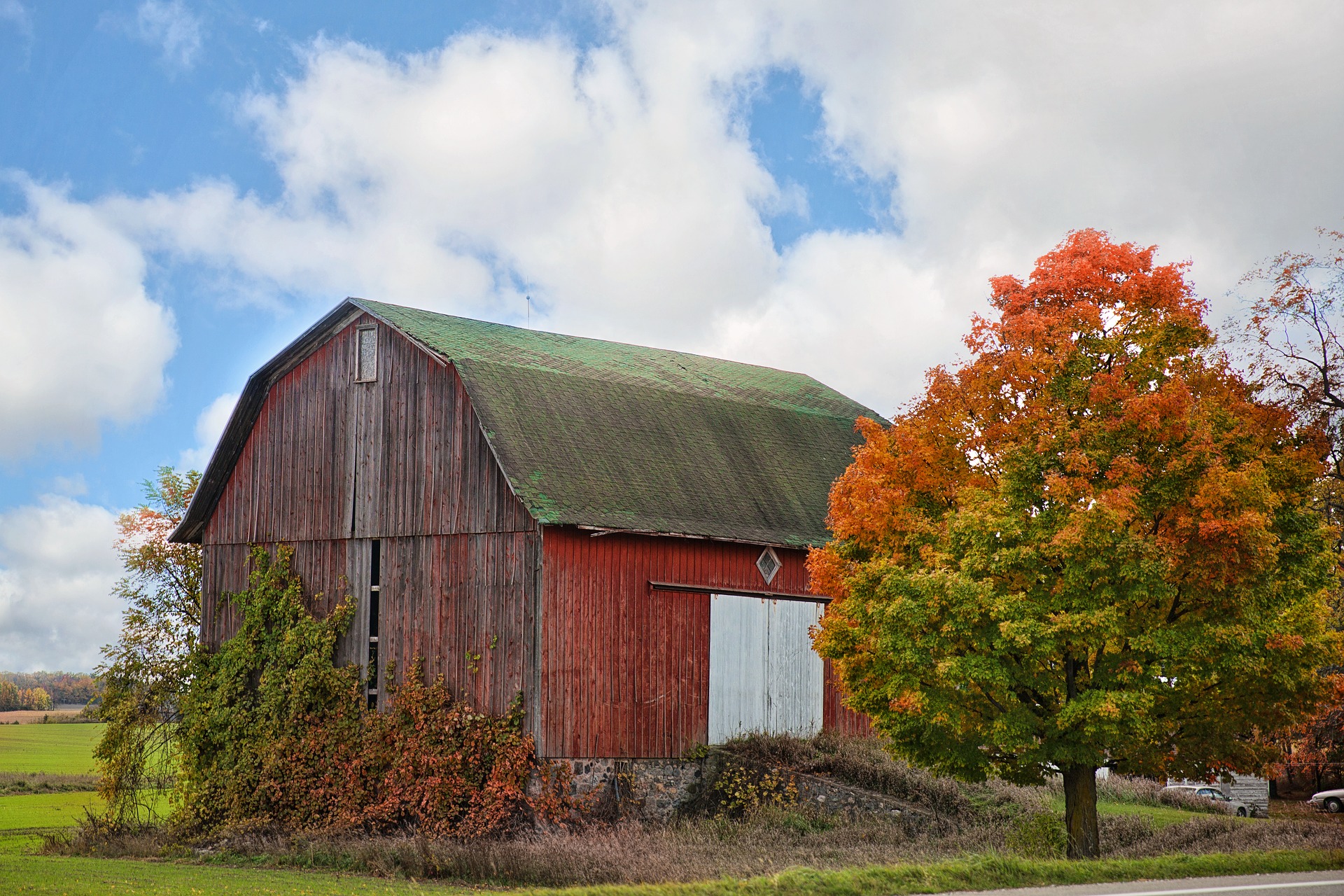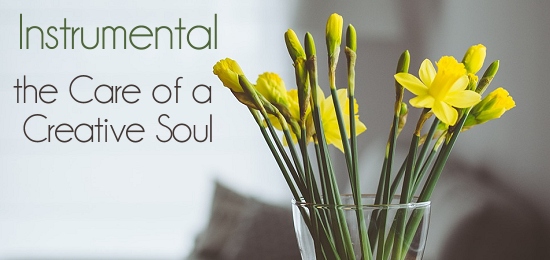
As a teen growing up in rural California, I couldn’t wait to get out of the country, away from the farm, and off to The Big City. Too much quiet, not enough hustle. Too much peace, not enough bustle. How on Earth could I get my groove back, if there was no beat to groove to?
As an adult, after seven years in Metro Boston and having just hit the 14-year mark in the San Francisco Bay Area, I have a groove and a beat. They’re kind of relentless, and if I don’t pay proper attention, the record starts to skip and I find myself taking involuntary time-outs to recover. It’s the moments of calm and peace that were once so reviled that help me recharge so I can keep on dancing to the incessant rhythm of the Big City.
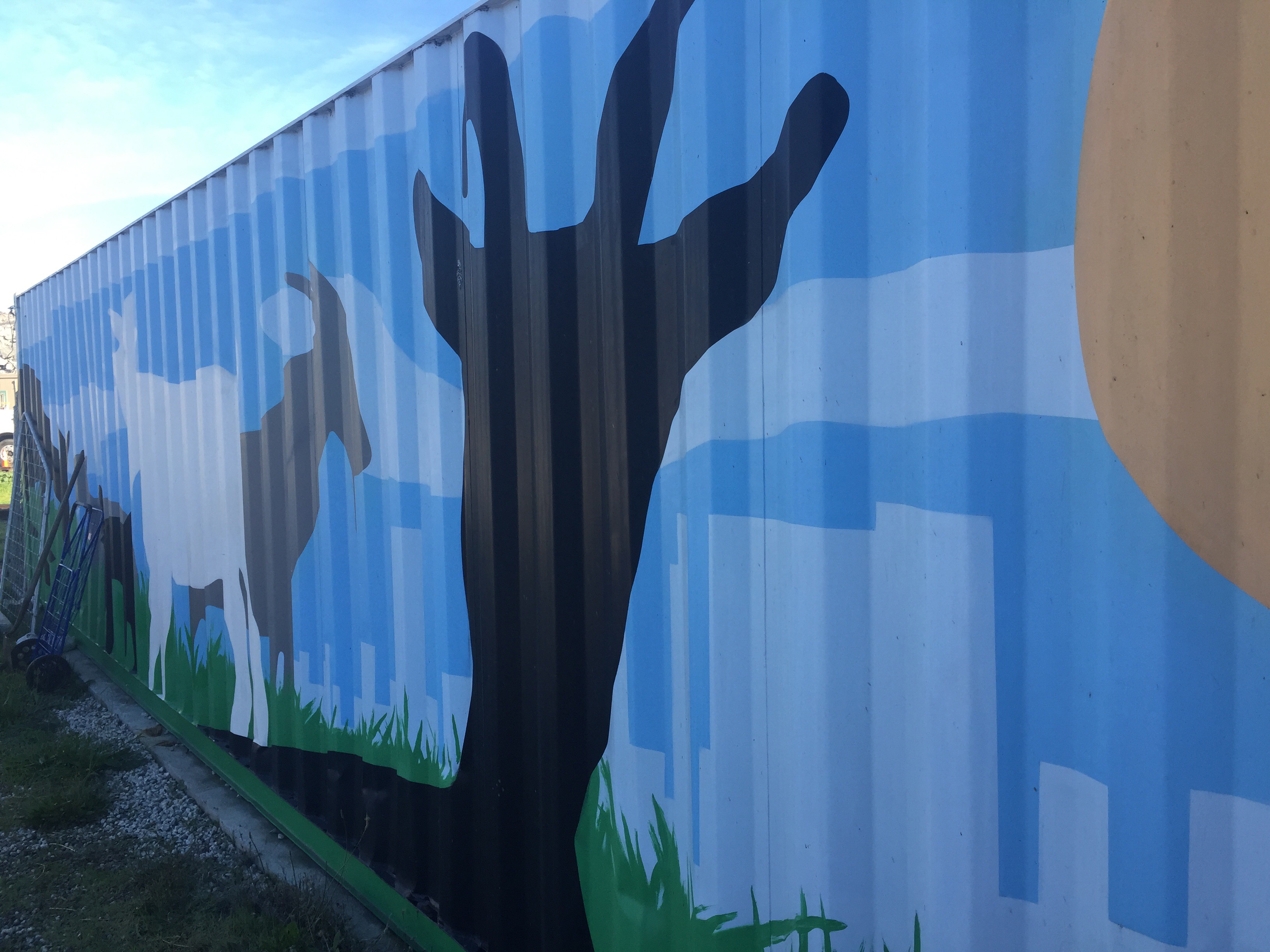
City Grazing, San Francisco
Thankfully, I found an oasis of calm and peace a mere 5-minute drive/10-minute bike ride/20-minute walk from my house, within the city limits. And much to my chagrin, it somewhat resembles the farm.

The view of San Francisco from my back porch,
with City Grazing visible in the foreground
(the white rounded structure to the lower right)
Tucked in the Southeast corner of San Francisco, just north of Candlestick Point is a small, active railyard within which hides a shipping-container-cum-hay-barn attached to a paddock that is home to about 80 goats. They aren’t pets. They are working goats. They are employed by City Grazing a (soon to be) non-profit landscaping company.

My first visit to City Grazing in 2015, hanging out with Spock.
(Photo credit: Jeanne Park)
Every Saturday morning, sometime between 7:30 and 9:00, I make my way to the paddock. The goats recognize the sound of an incoming car, which is why I try to ride or walk there when the weather is nice, so I can spy on them lazing in the morning sun for a few moments. Eventually though, one of them spies me and all hell bleats loose. Relatively speaking, of course.
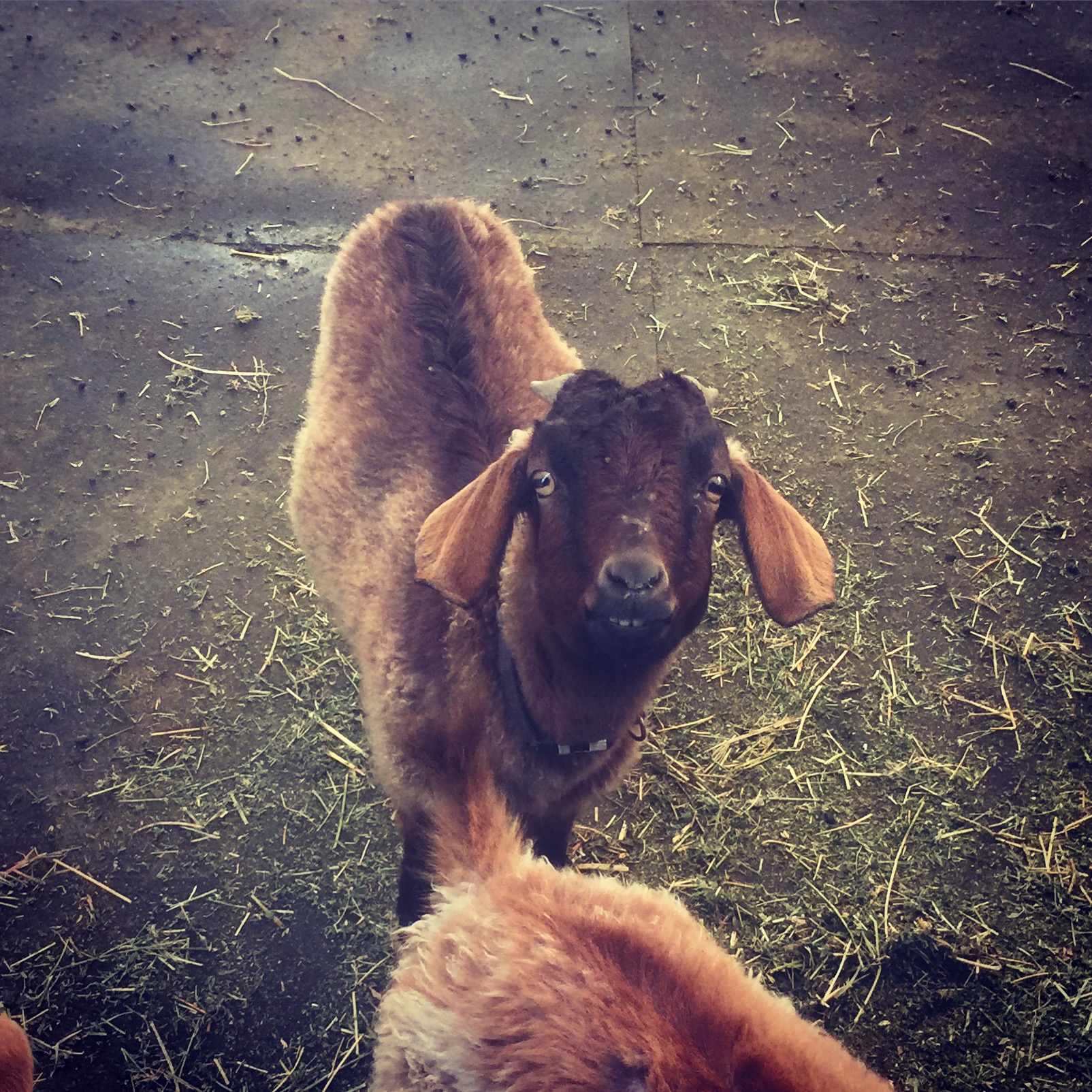
Tipsy, basking in post-brunch bliss.
The mayhem of the goat yard is nothing compared to the mayhem of day-to-day life. I give hay and water to the goats, feed the yard cats, and throw feed to the chickens, isolated from the city that exists within shouting distance of where I stand. The rhythm, for a moment, silenced. The groove slowed in a peaceful, quiet manner.
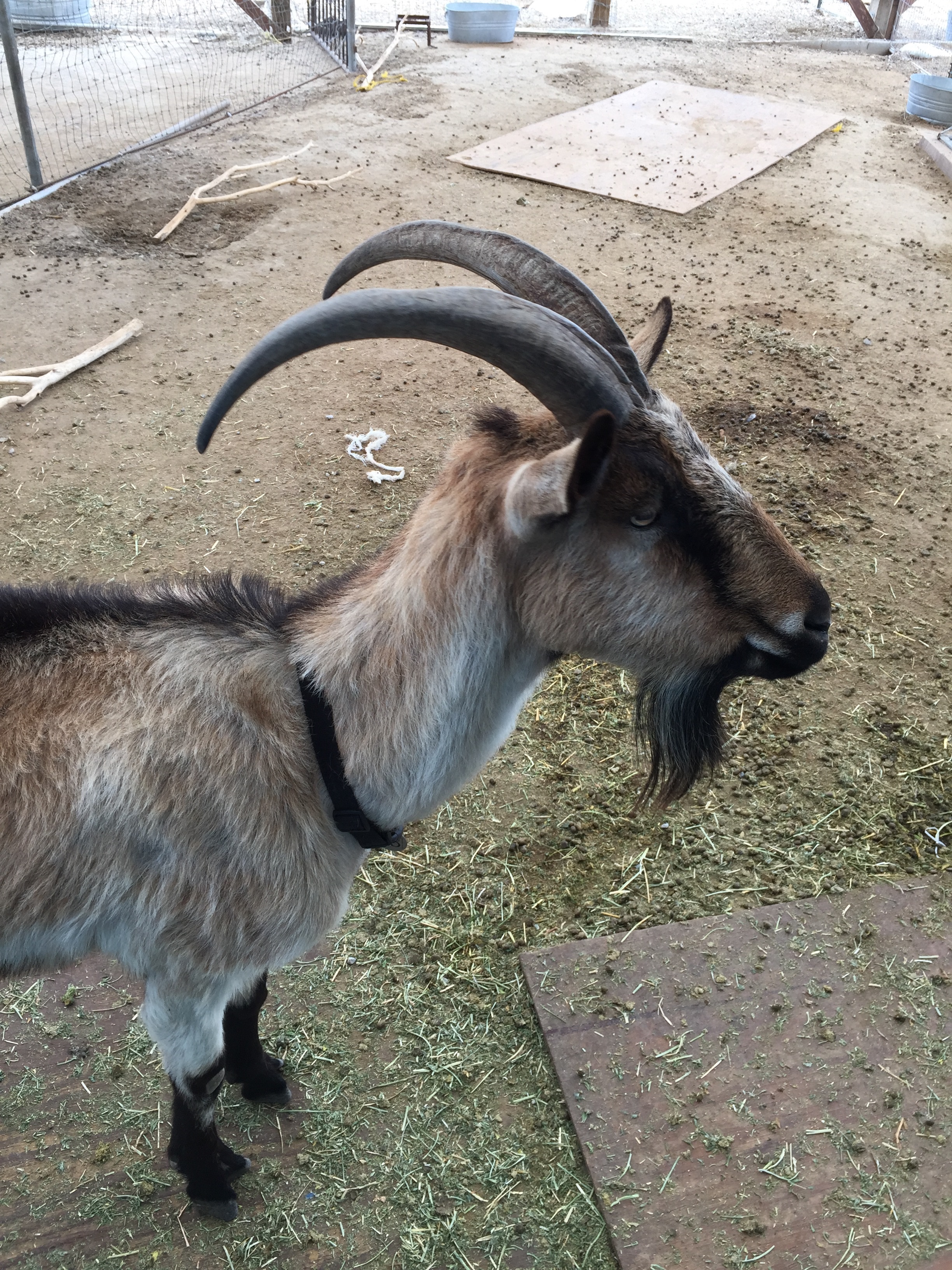
Udo, ever stoic.
The goats all have names, and while I don’t know them all, for the most part they all know and recognize me. This affords me the opportunity to slip into the paddock and scratch some noggins and ears without causing a stampede. Usually.
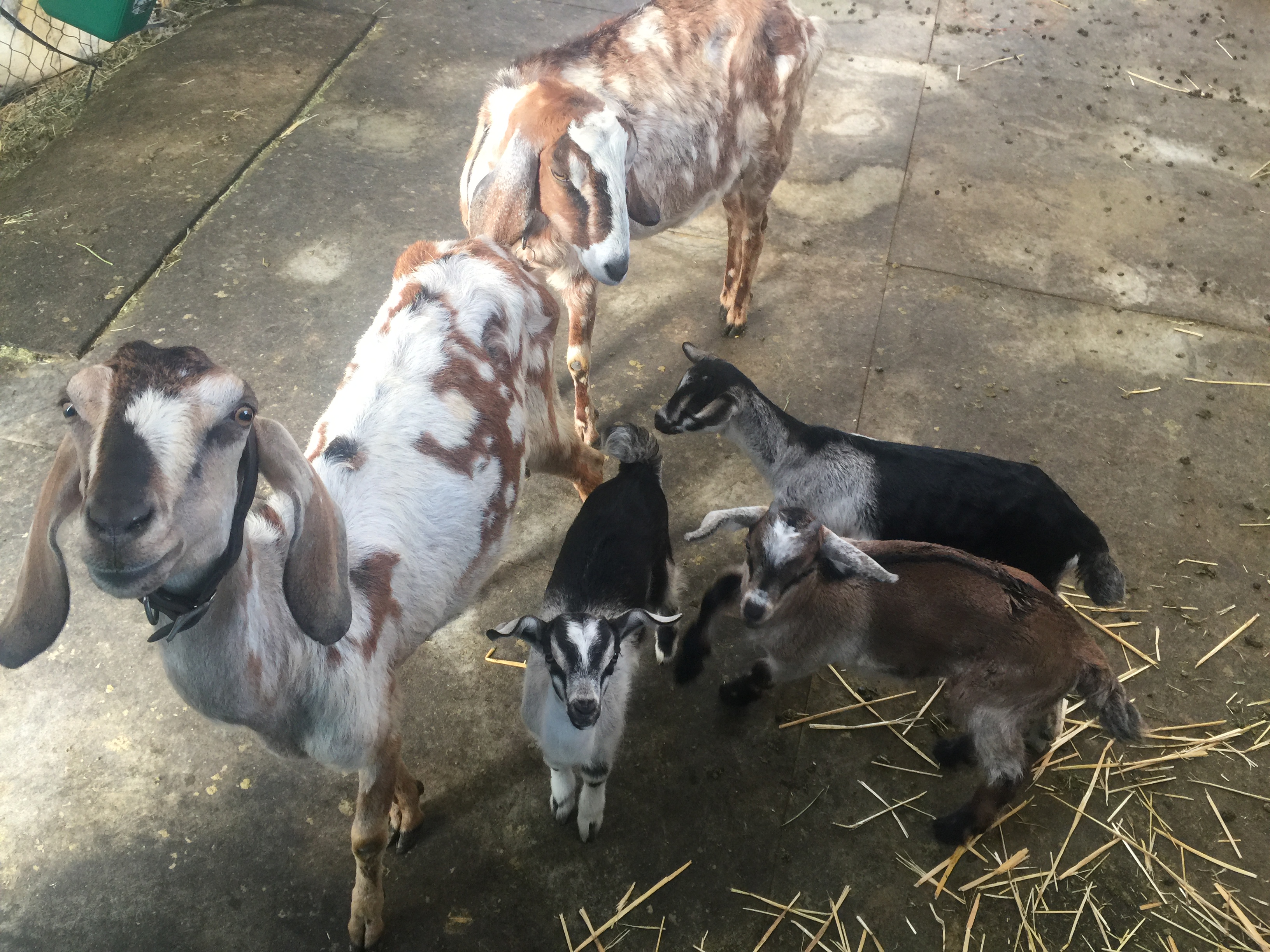
Mothers Fulla and Freya with babies Brinkman, Daniella and Queenie.
The hour or two I spend there is generally one of the best parts of my weekend. Especially this time of year, when there are baby goats to be found. This season, there are about a dozen newborns ranging in age from a month and a half or so, to two weeks old. I found the youngest two, Carol and Tim, one morning rather unexpectedly a few weeks ago.
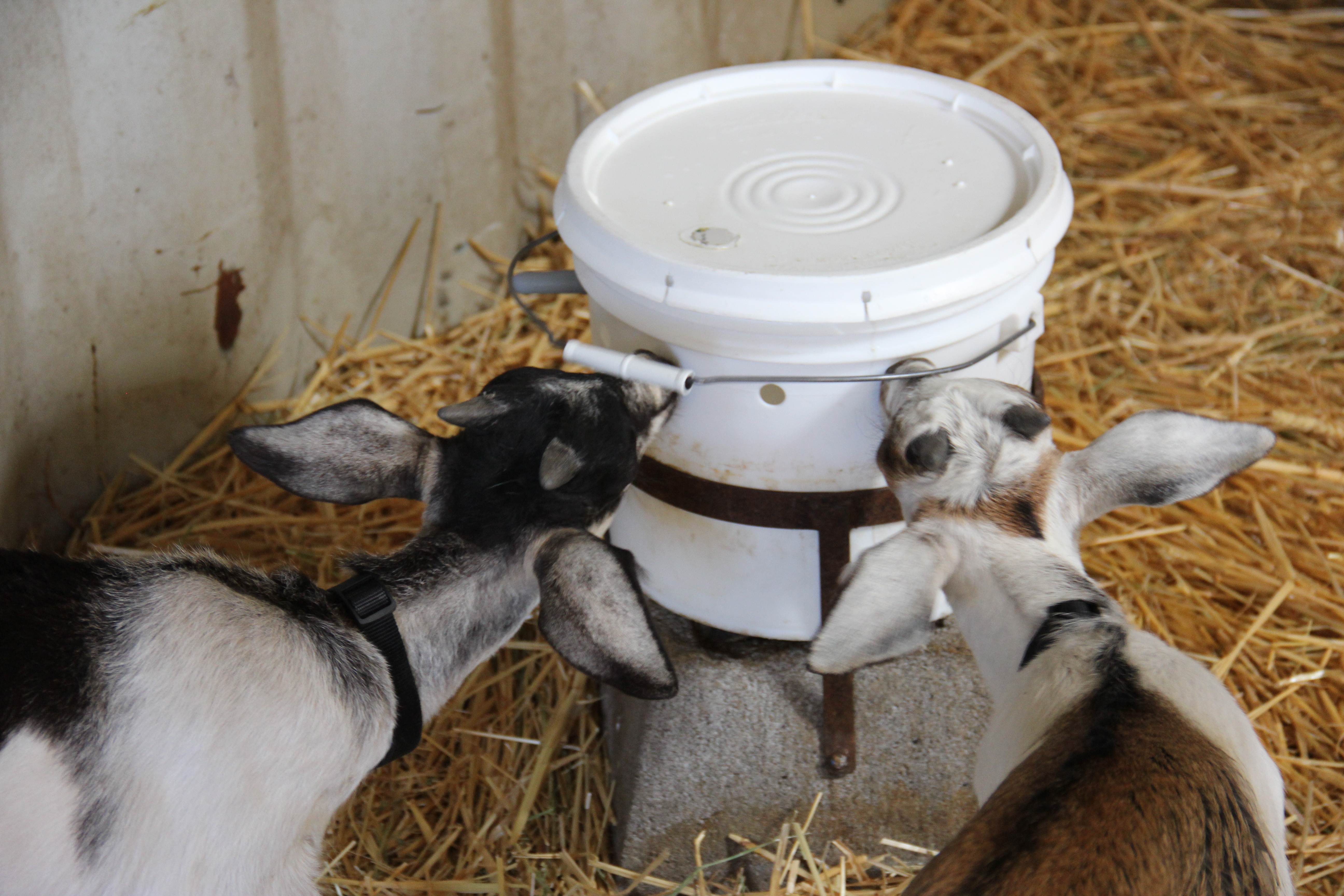
Space Cowboy and Milkman at the Udder Bucket.
Their mother, Frigga, is a newcomer to the yard — a failed dairy goat if memory serves. We were aware she was pregnant, but we didn’t know just HOW pregnant. And so, at 7:30 one bright Saturday morning in July, as I was preparing the Udder Bucket for the orphans who were still nursing, I heard a bleat that was far too high pitched. Peeking into the paddock, I saw Tim standing all alone in the middle of the yard looking rather confused. I pulled him and his sister into the nursery section of the hay container and rounded up their mother.
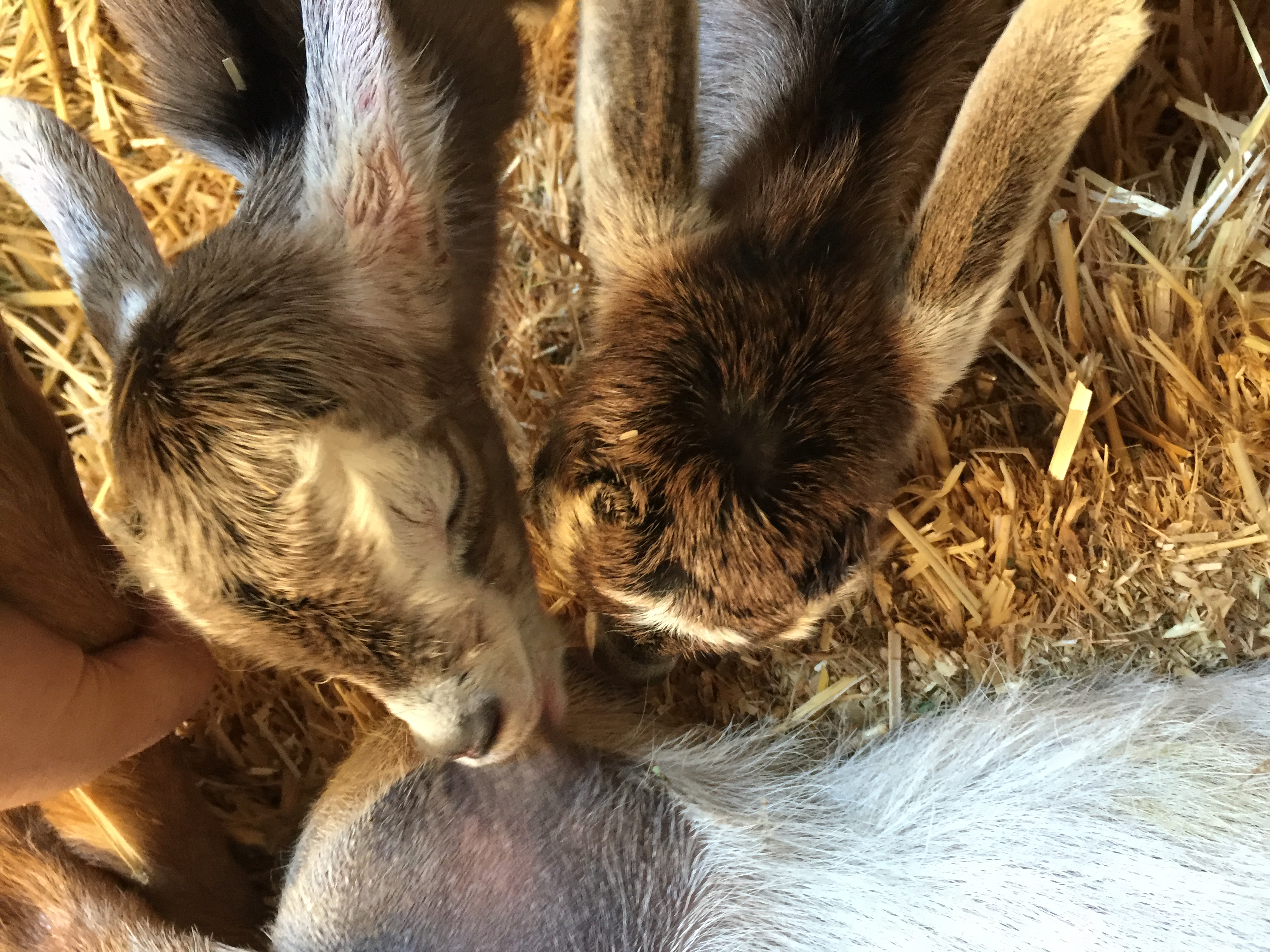
Carol and Tim’s first meal.
I spent much longer at the yard than I planned to that morning, helping Carol and Tim with their first meal. Somehow, I also managed to be holding both when they decided to have their first pee. But despite that, I found myself unable to put down these two little creatures who smell strongly of Goat Milk and Love.
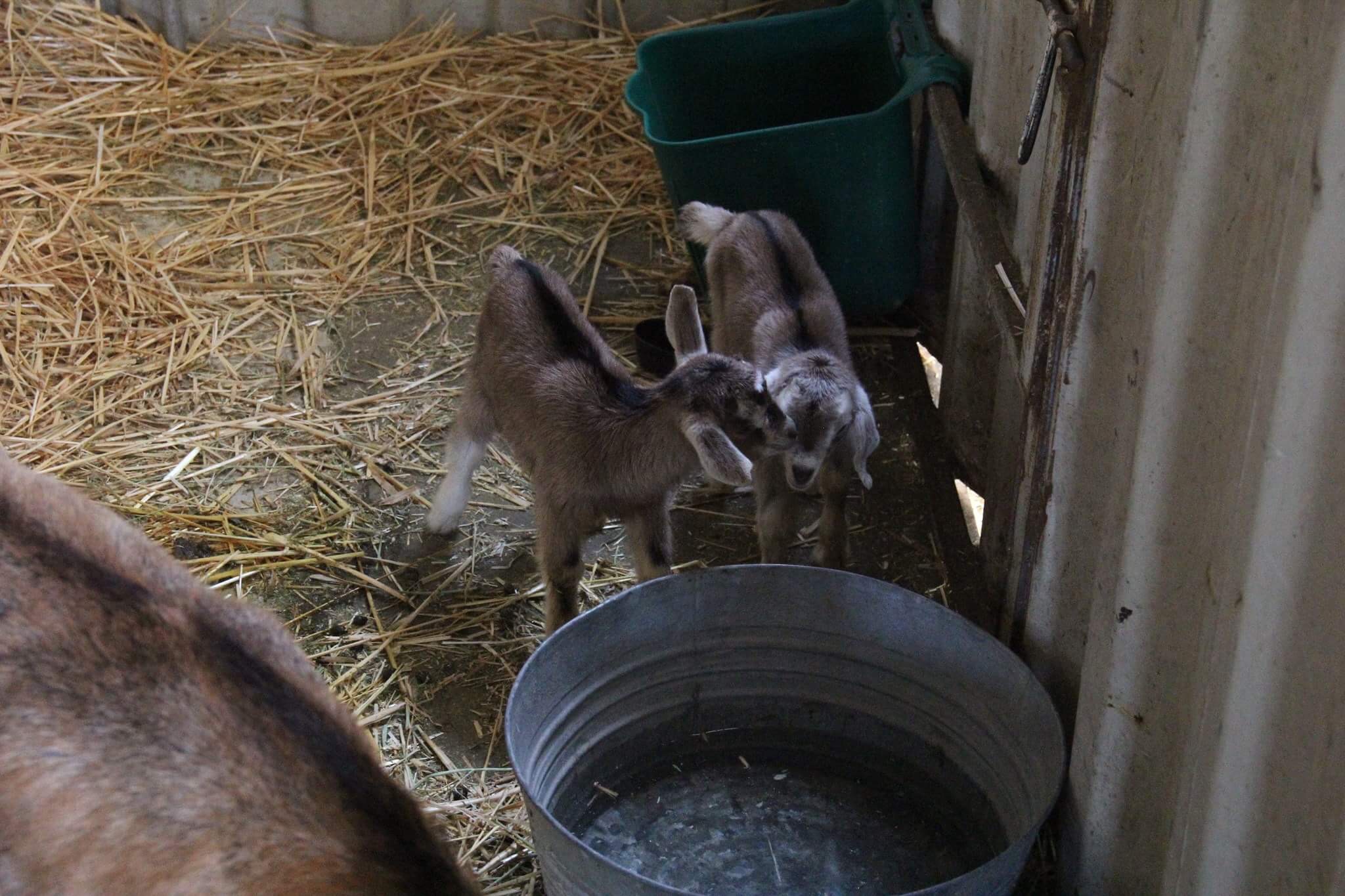
Carol and Tim, standing strong.
About the author: Clay Robeson
 Clay is an improvisor, photographer, puppeteer and part-time goat herd living in San Francisco. He likes to make things.
Clay is an improvisor, photographer, puppeteer and part-time goat herd living in San Francisco. He likes to make things.
To learn more about Clay, or find his social media links, go here: https://about.me/ClayR.
You can also visit the City Grazing website.
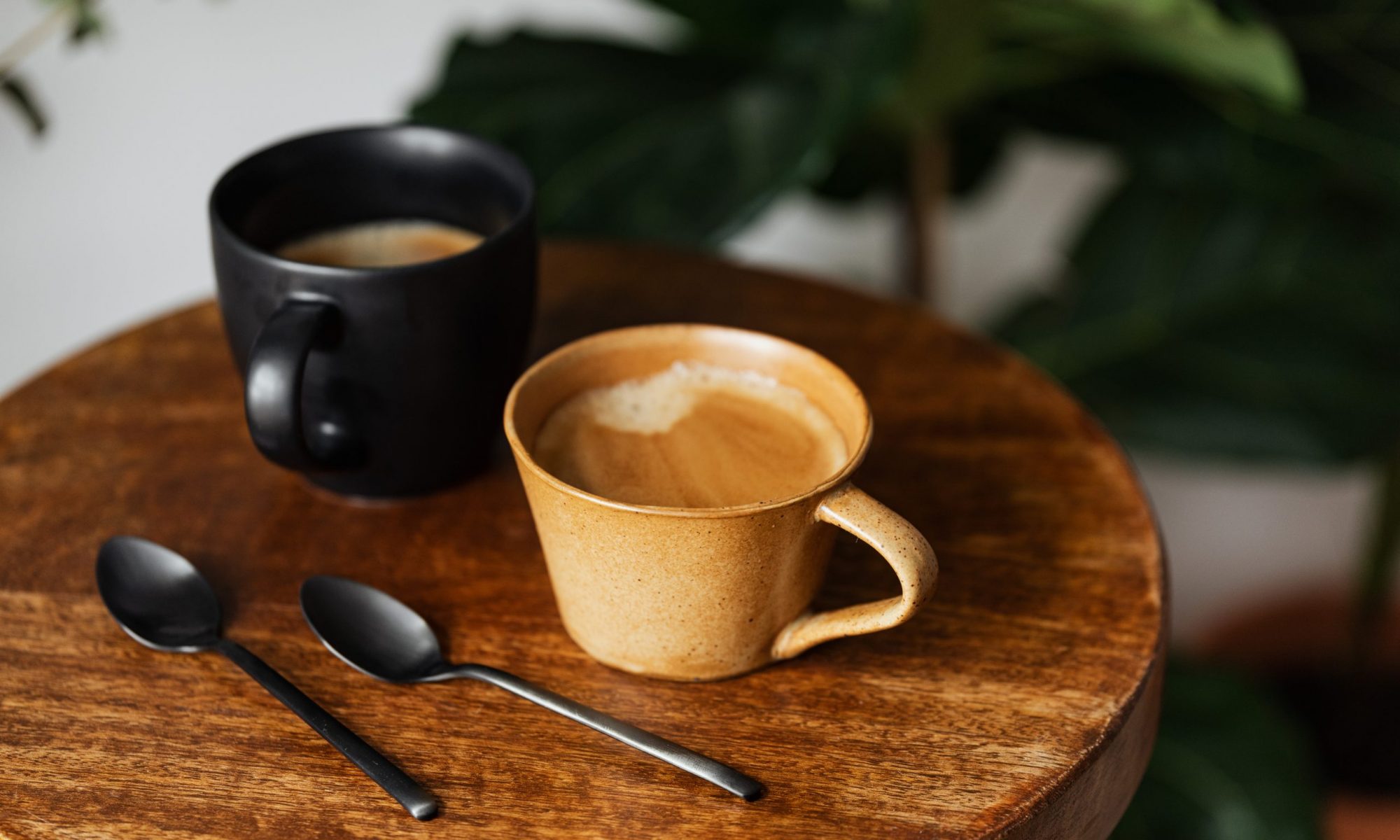
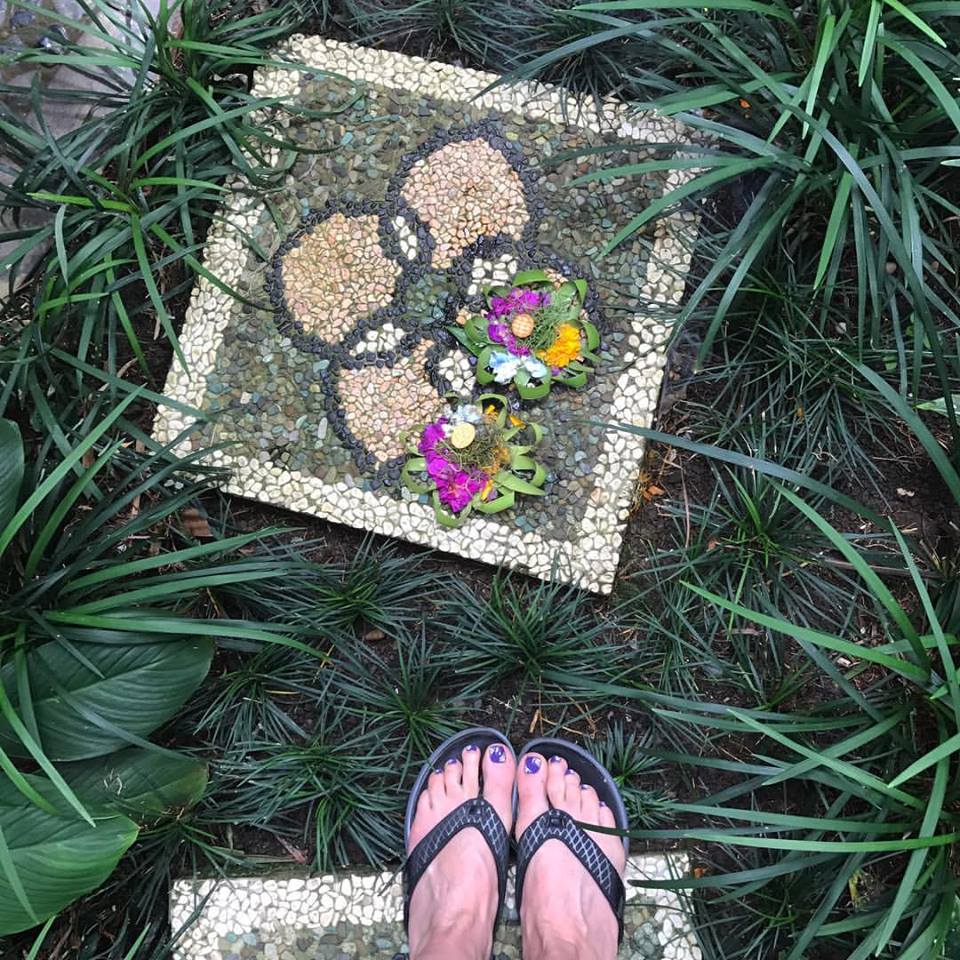

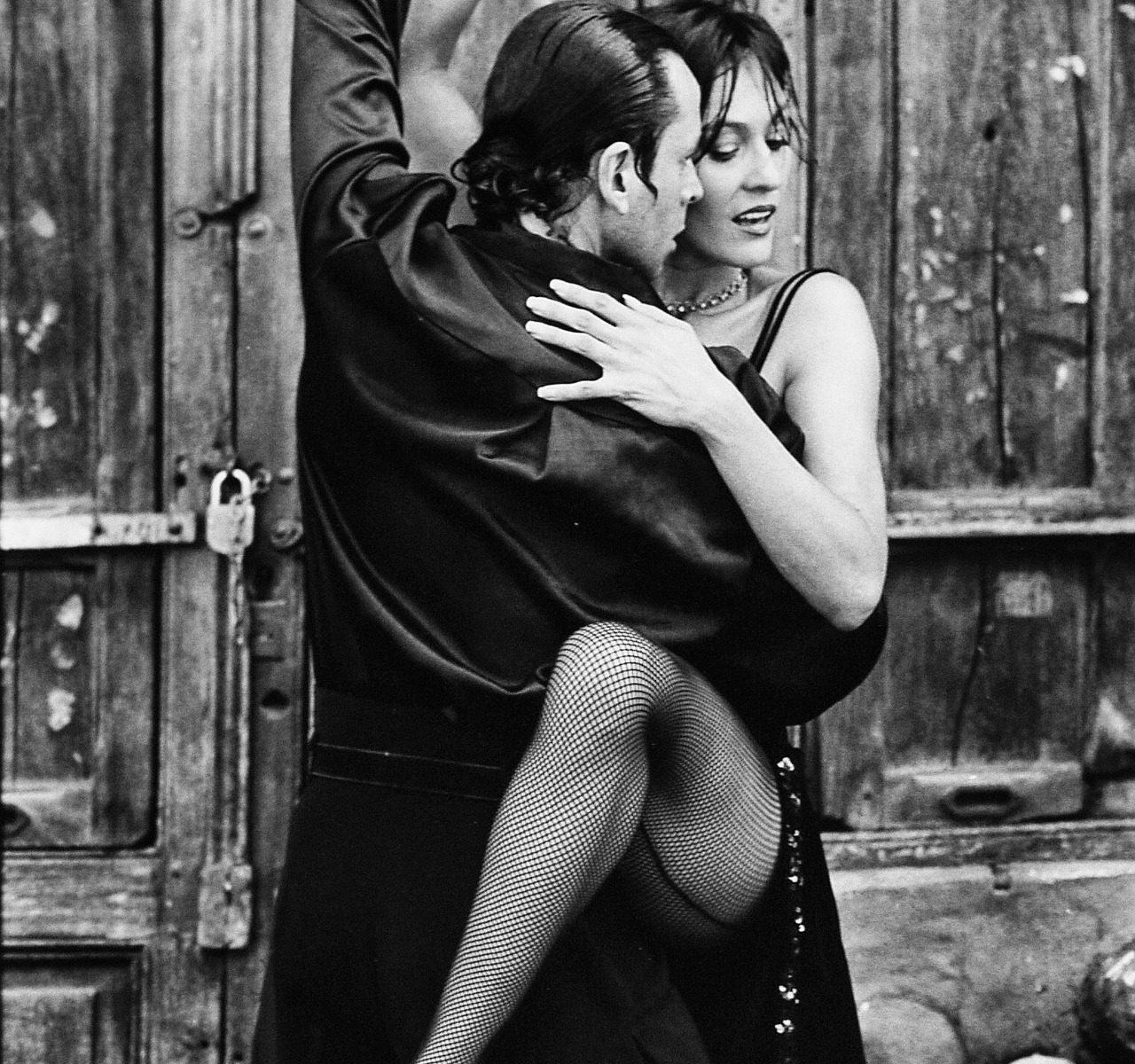
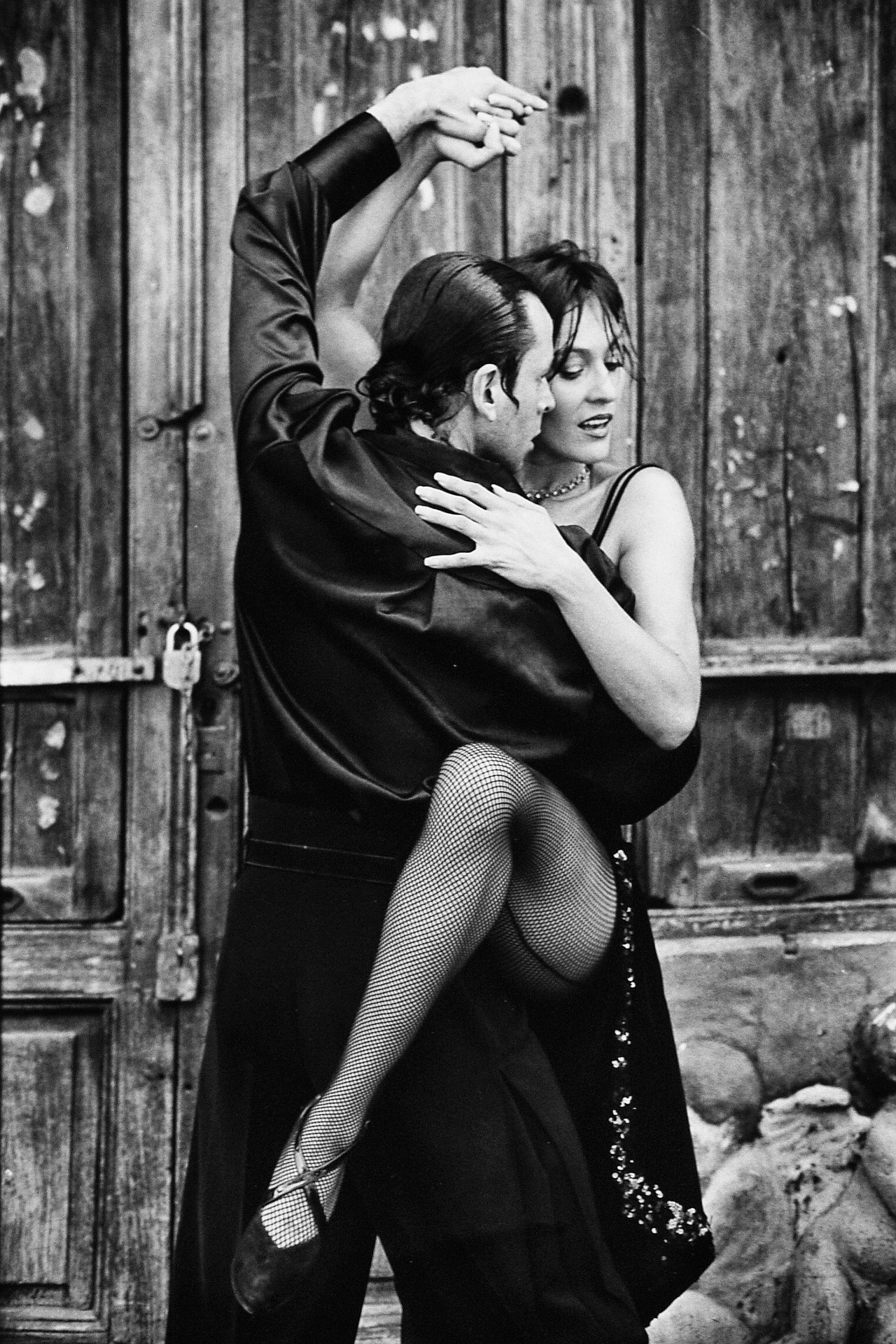
 Patricia Wellingham-Jones is a widely published former psychology researcher and writer/editor. She has a special interest in healing writing, with poems recently in The Widow’s Handbook (Kent State University Press). Chapbooks include Don’t Turn Away: poems about breast cancer, End-Cycle: poems about caregiving, Apple Blossoms at Eye Level, Voices on the Land and Hormone Stew.
Patricia Wellingham-Jones is a widely published former psychology researcher and writer/editor. She has a special interest in healing writing, with poems recently in The Widow’s Handbook (Kent State University Press). Chapbooks include Don’t Turn Away: poems about breast cancer, End-Cycle: poems about caregiving, Apple Blossoms at Eye Level, Voices on the Land and Hormone Stew.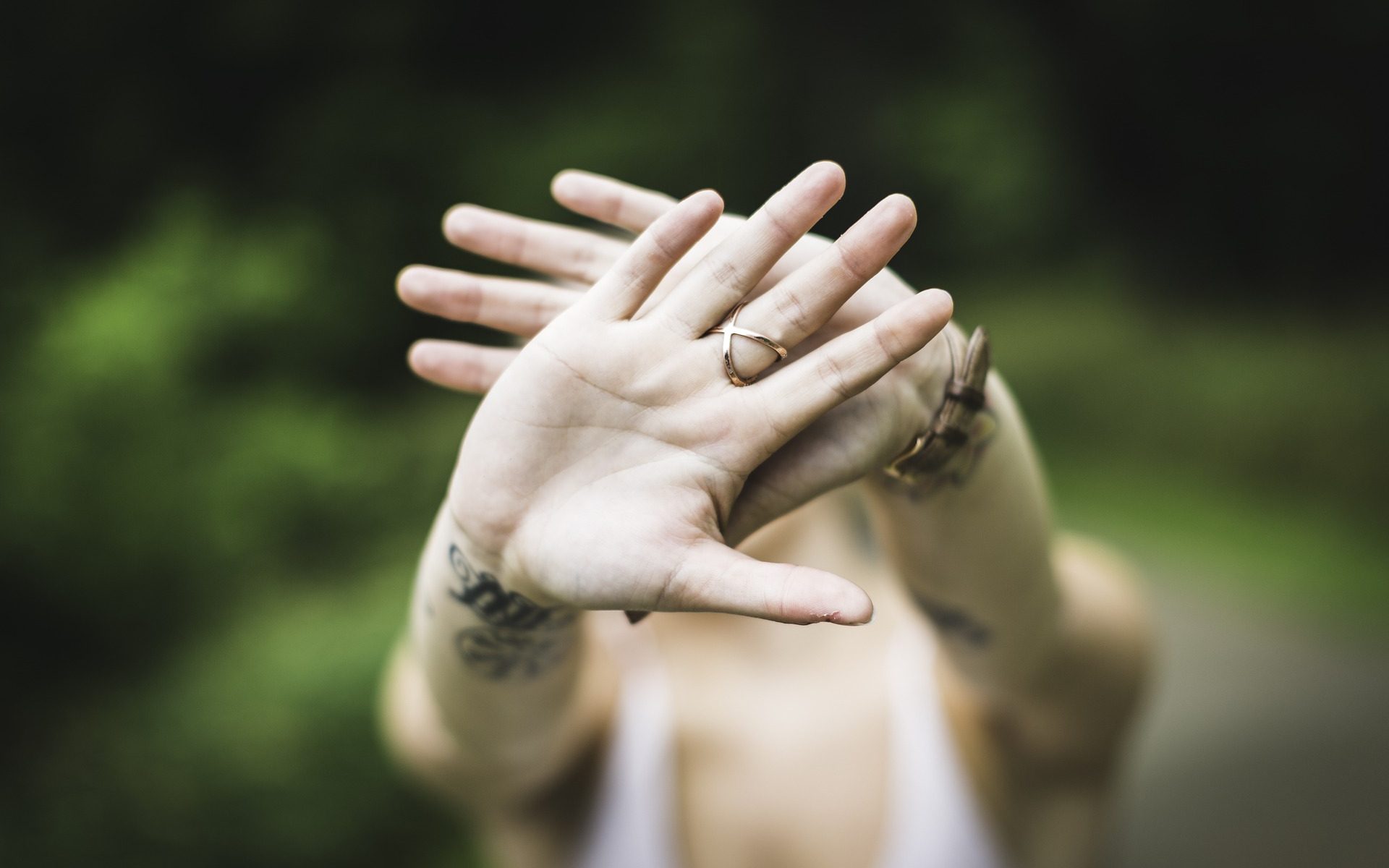
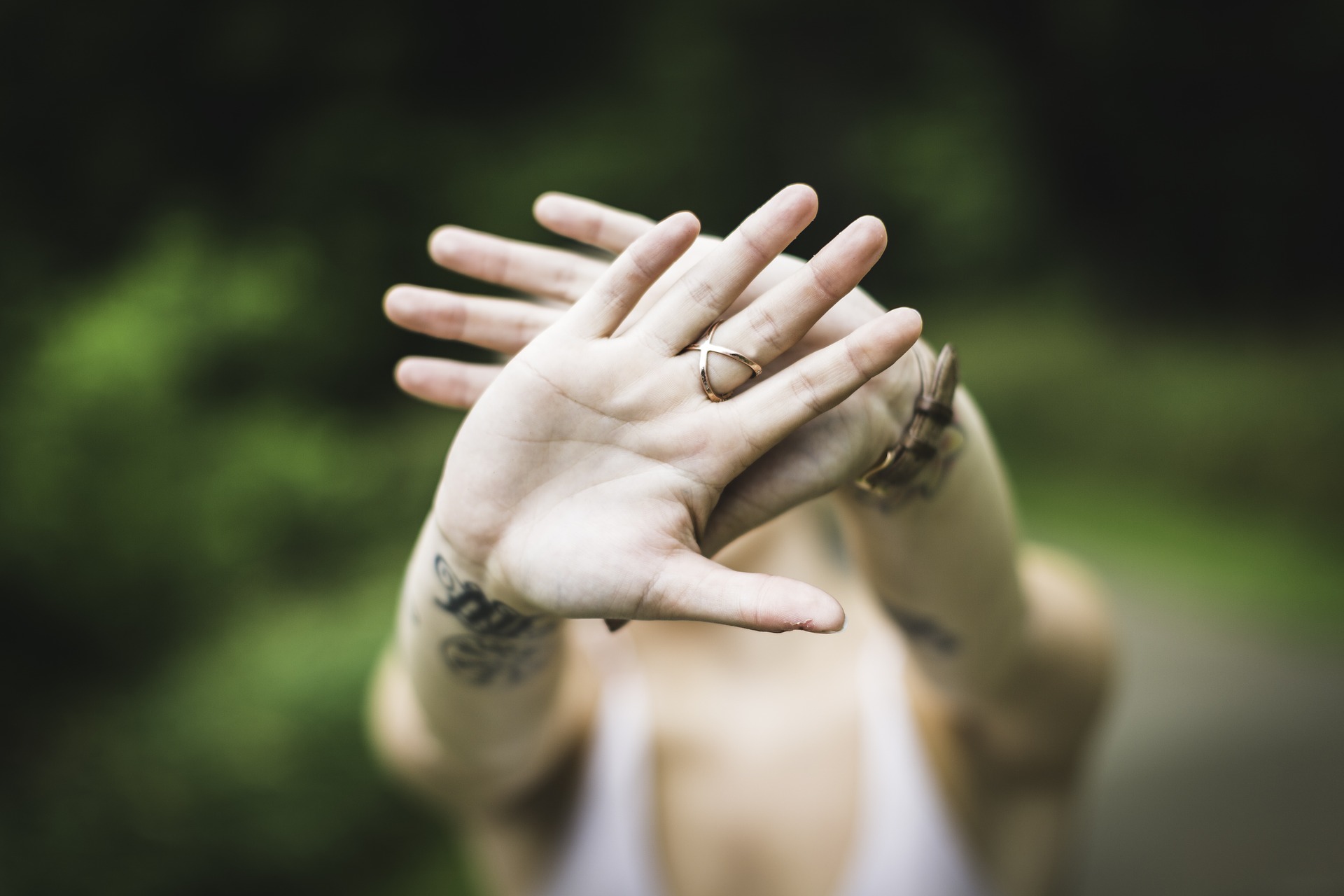
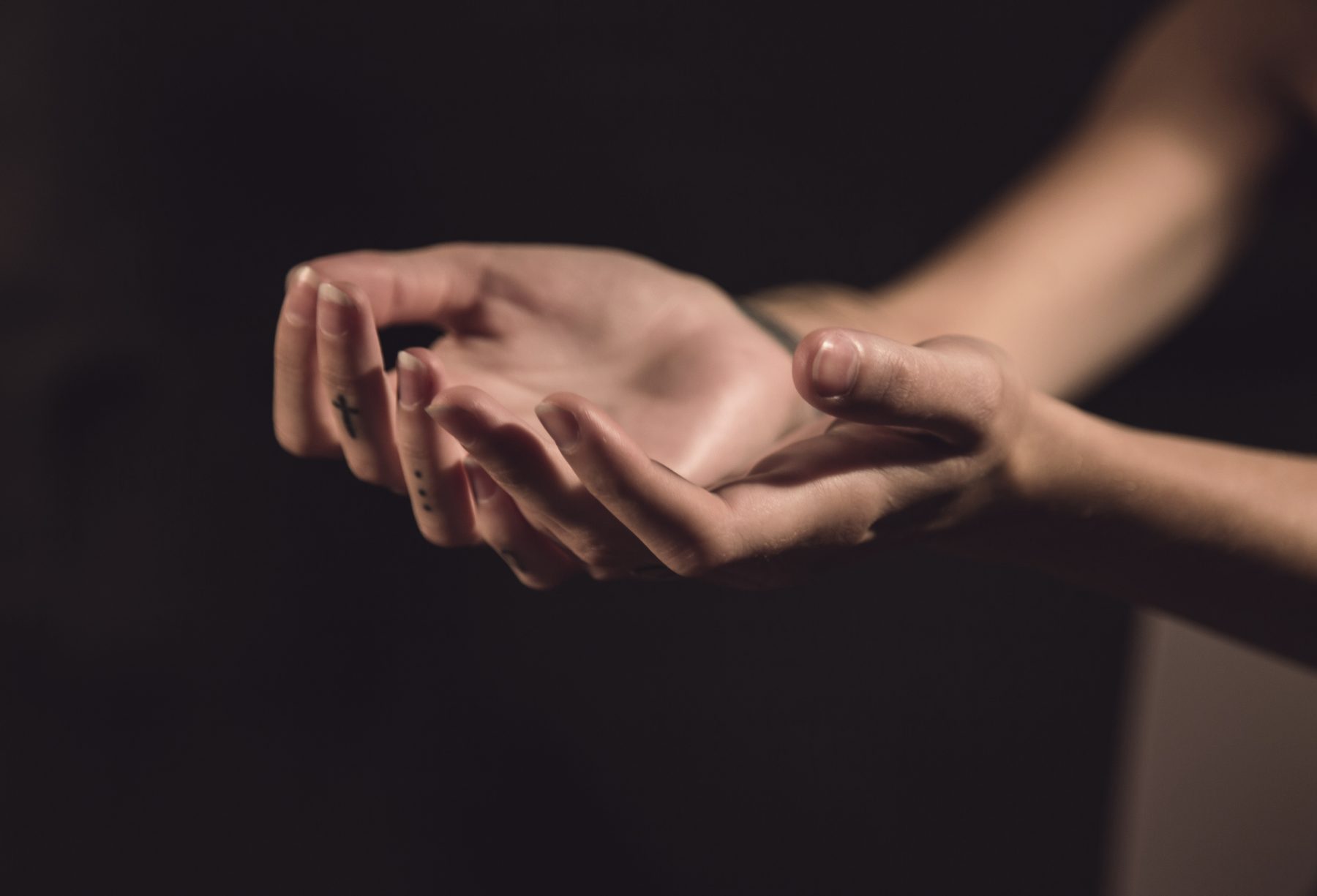
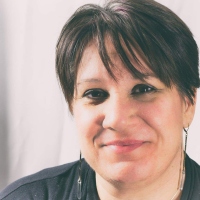 Melissa Cynova is owner of
Melissa Cynova is owner of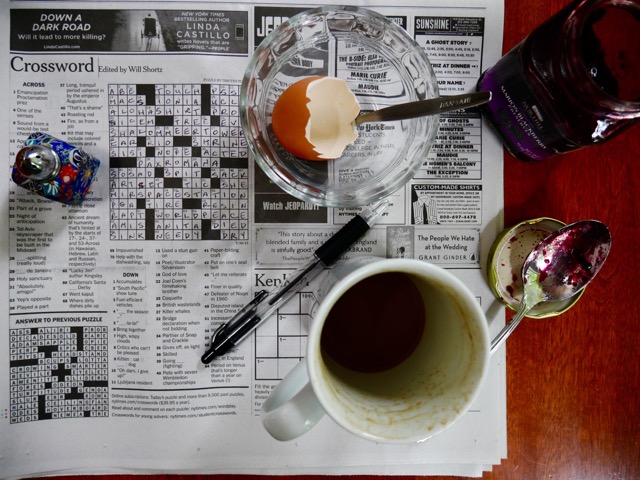

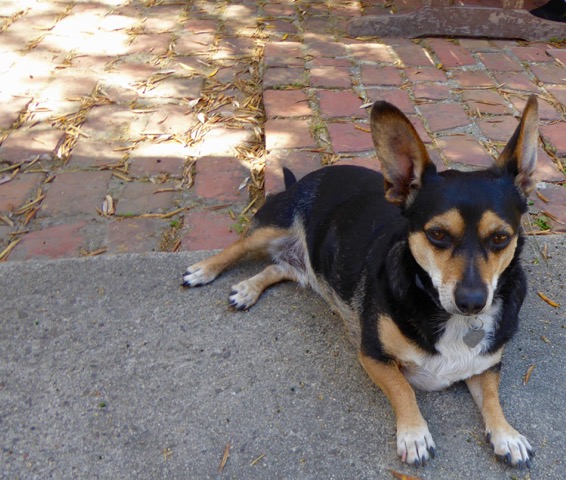
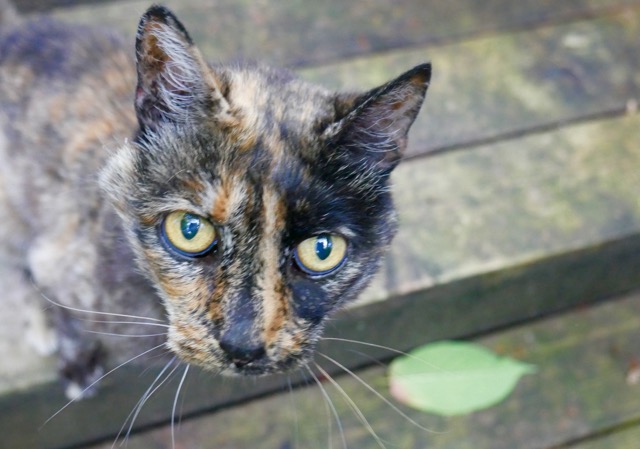
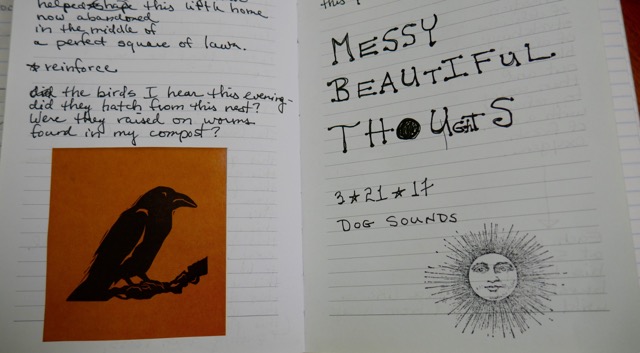
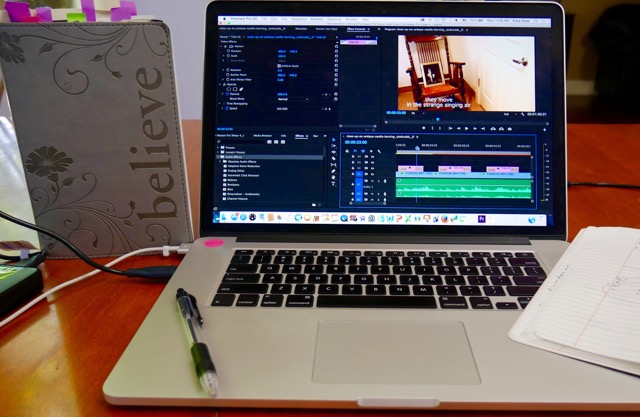
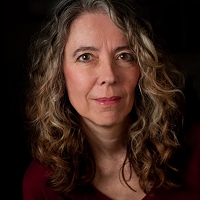 Erica Goss is a poet and freelance writer. She served as Poet Laureate of Los Gatos, CA from 2013-2016. She is the author of Night Court, winner of the 2016 Lyrebird Award, Wild Place and Vibrant Words: Ideas and Inspirations for Poets. Recent work appears in Lake Effect, Atticus Review, Contrary, Eclectica, The Red Wheelbarrow, Main Street Rag, Pearl, Rattle, Wild Violet, and Comstock Review, among others. She is co-founder of
Erica Goss is a poet and freelance writer. She served as Poet Laureate of Los Gatos, CA from 2013-2016. She is the author of Night Court, winner of the 2016 Lyrebird Award, Wild Place and Vibrant Words: Ideas and Inspirations for Poets. Recent work appears in Lake Effect, Atticus Review, Contrary, Eclectica, The Red Wheelbarrow, Main Street Rag, Pearl, Rattle, Wild Violet, and Comstock Review, among others. She is co-founder of 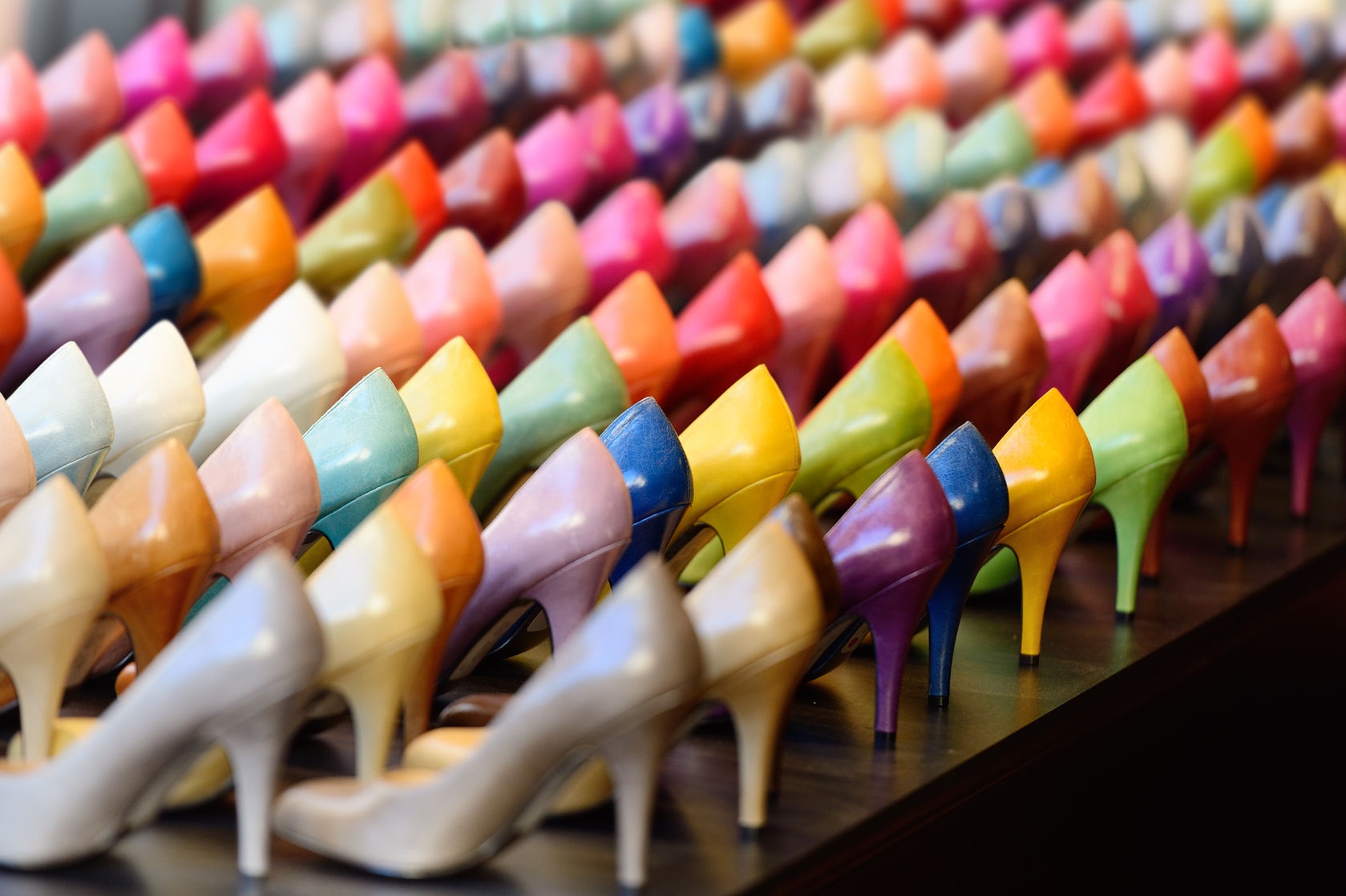

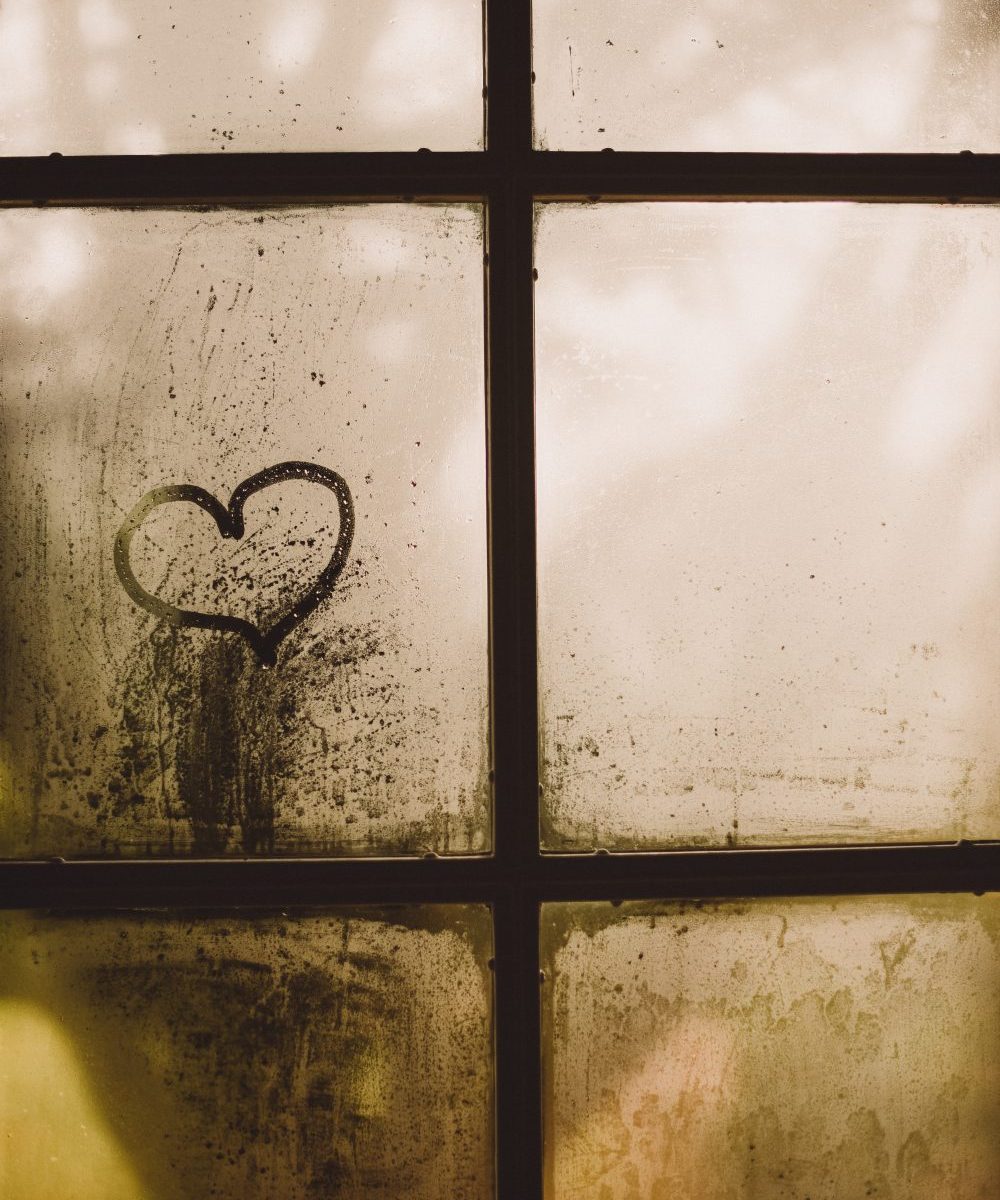
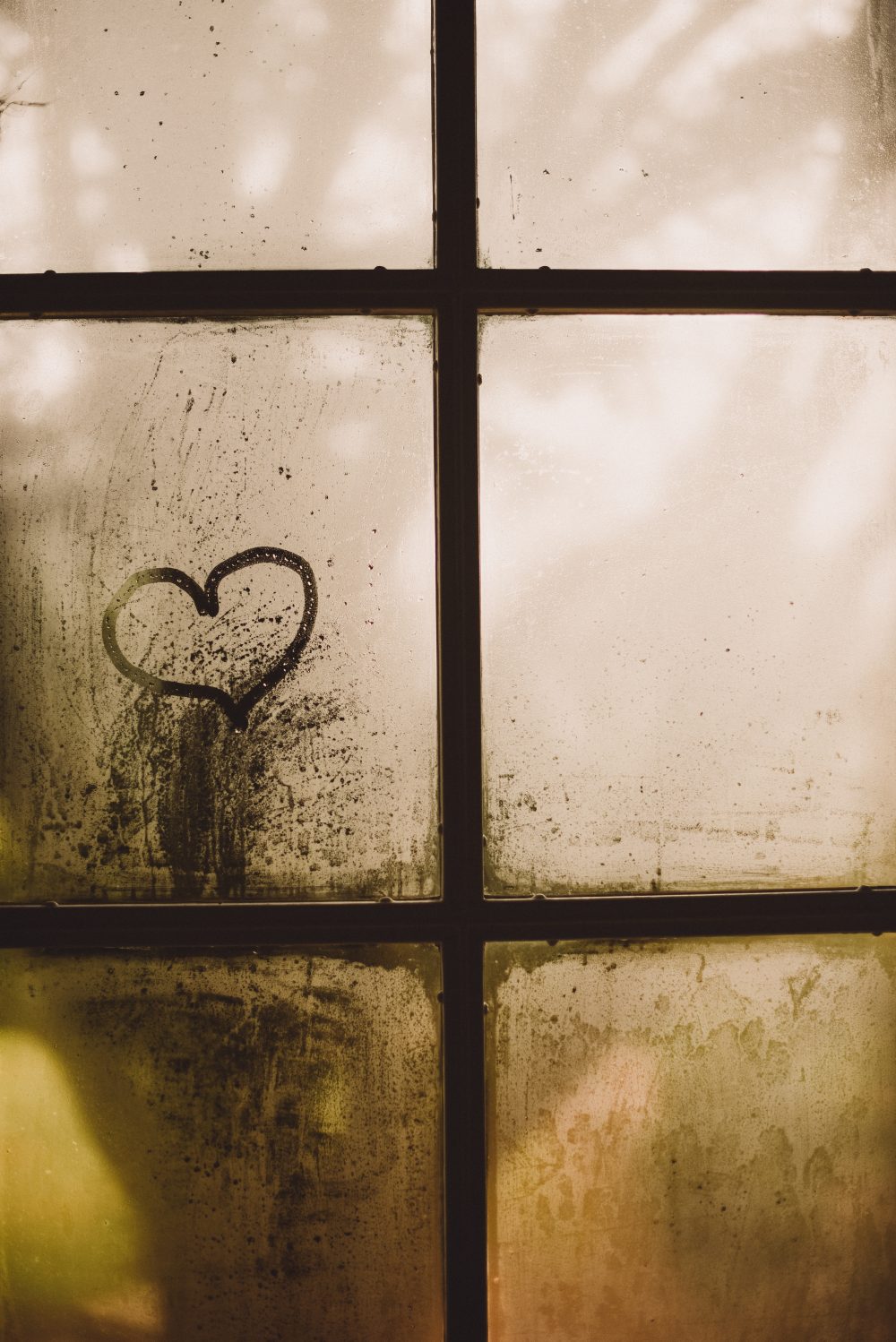 change.
change.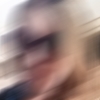

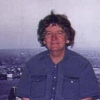 John Grey is an Australian poet, US resident. Recently published in New Plains Review, South Carolina Review, Gargoyle and Big Muddy Review with work upcoming in Louisiana Review, Cape Rock and Spoon River Poetry Review.
John Grey is an Australian poet, US resident. Recently published in New Plains Review, South Carolina Review, Gargoyle and Big Muddy Review with work upcoming in Louisiana Review, Cape Rock and Spoon River Poetry Review.